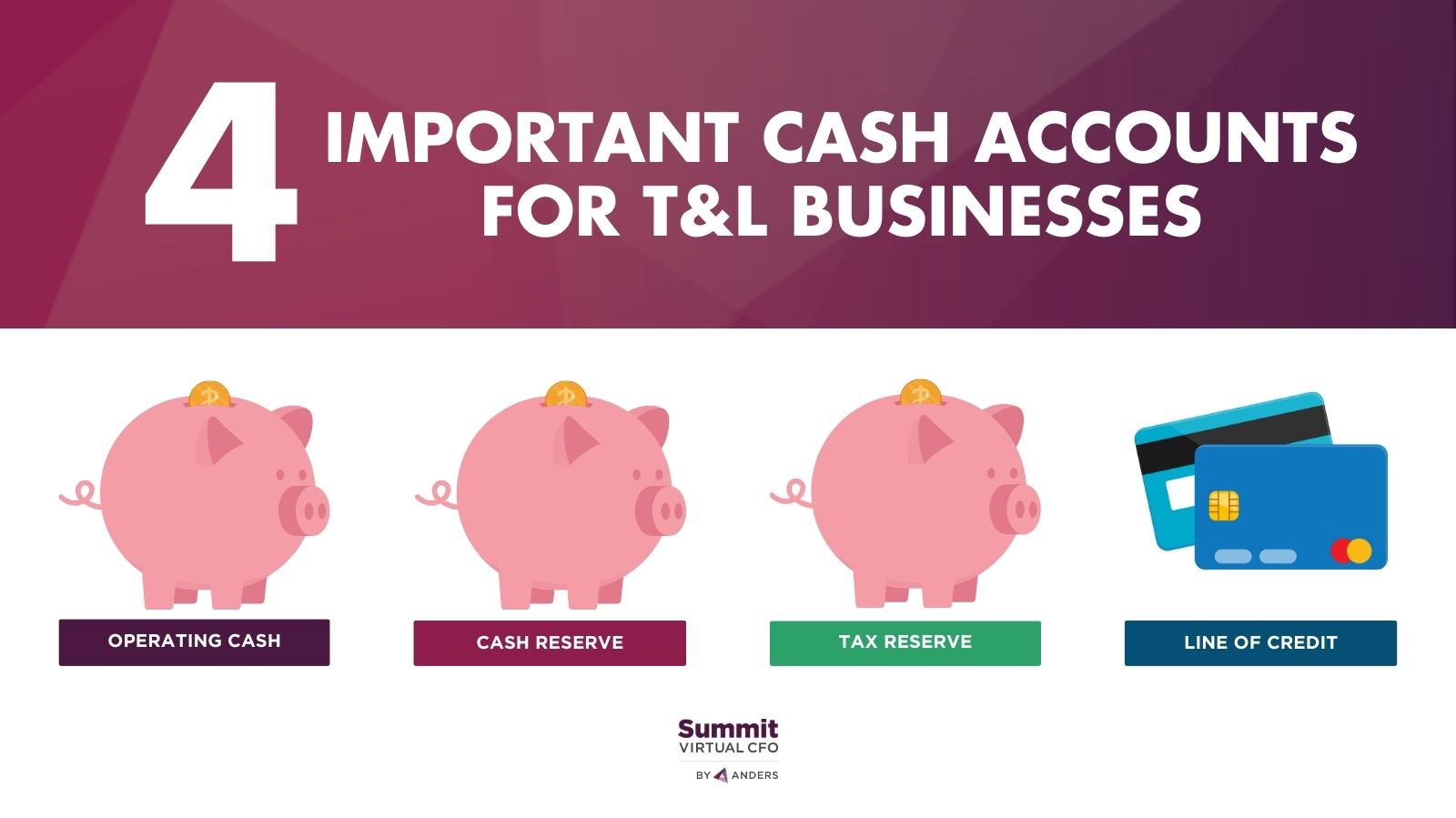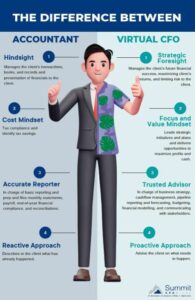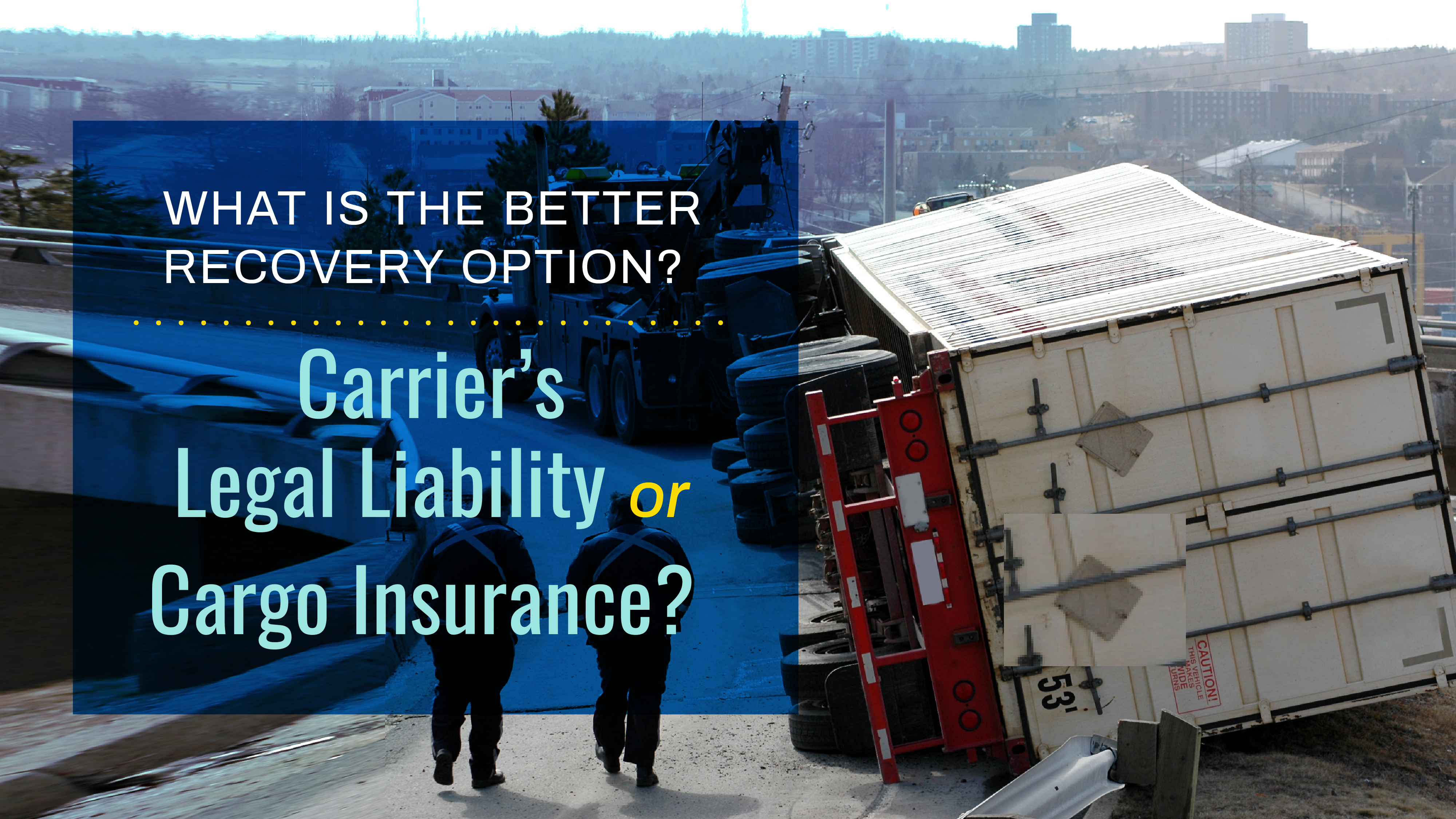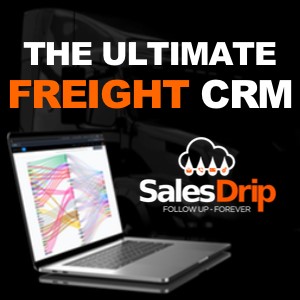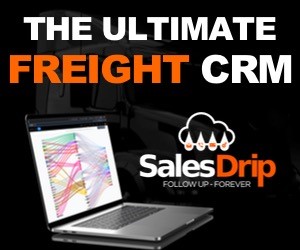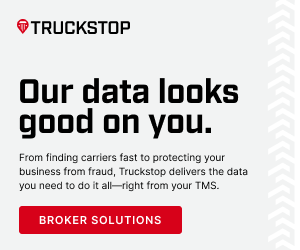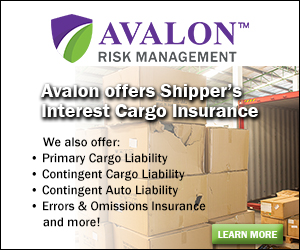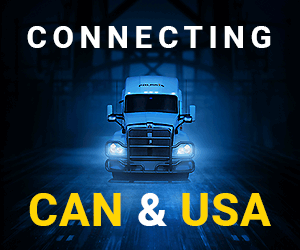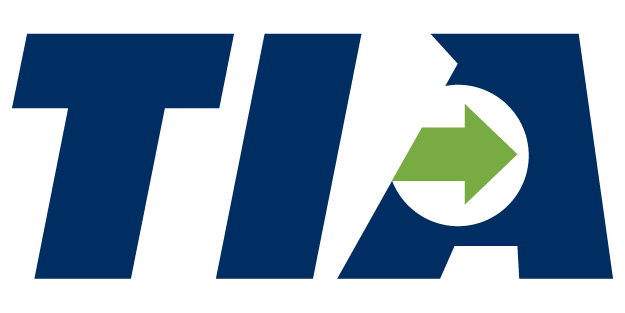Content Provided by: Dan Rutherford, Virtual CFO Summit Virtual CFO Services by Anders
A solid amount of cash on hand will help protect your business against unexpected disruptions, but don’t stop there. You need different cash accounts for different for different purposes, and we recommend keeping them in separate accounts so that you always know what you have:
- Operating cash (for paying bills)
- Cash reserves (cash-on-hand)
- Tax reserves (for Uncle Sam)
- Line of credit (for emergencies)
Here’s why you need each:
Operating Cash: Paying Bills on Time
For your Operating Cash account, you move money from where you receive revenue from Accounts Payable into your account for Operating Cash, no math required.
Your business will suffer if you’re not taking care of operating costs. But you need to pay for those costs from a separate account so you can understand them and any major swings.
Cash Reserves: How Much Cash on Hand Do You Need?
You can be generating significant profits and still go out of business if you’re burning through your cash blindly.
Rather than follow the common rule-of-thumb of keeping two months’ worth of expenses (since that number can change), keep 10% to 30% of your net income on hand.
You’re good to keep just 10% if your business has…
- High recurring revenue
- A strong pipeline
- Zero or low Accounts Receivable (AR) days
- A strong mixture of clients
- No single client that accounts for more than 10% of your revenue
However, if the opposite is true (e.g., low recurring revenue, a single client accounting for much or your revenue, and high AR days), you need to try to reach the higher end. You won’t create your reserve overnight, but you want to start building up as soon as possible.
Tax Reserves: How Much Do I Need to Put Away for Uncle Sam?
Nobody enjoys paying taxes, but the last thing you want is to come up short during tax season.
A separate cash account for taxes can also help you avoid shocks to your business by writing huge checks (and added penalties).
Your tax reserve should be 40% of your company’s net income before taxes. You may pay less, but better safe than sorry.
Your estimated taxes are based on your previous years’ income statements, divided by 4. Even if your business is brand new with no previous income history, you still need to pay those estimated quarterly taxes to avoid potential penalties.
Line of Credit: Cash When You Need It Most
A line of credit can feel like a loan, and this can make some businesses nervous to open one. But really, you get the line of credit and hope you never need it. It’s just there for major emergencies – and major opportunities that come your way.
Your business should have lines of credit (LOCs) that cover 80% of your receivable balance. That 80% excludes your bad receivables.
To get a line of credit, you need clean accounts receivables. If your books are messy, you may need to hire a CPA to help you get your books in order. Banks will look to see:
- That you’re the amount you want in your LOC makes sense with how much income your business is earning
- That you’ll be able to pay off your LOC if you use it
For a sustainable business, keep good books.
With higher operating costs and slimmer margins, surviving in the transportation industry as a small business owner or owner-operator has never been more challenging. However, with a better approach to cash management, Brokers, Freight Forwarders and 3PLs give themselves a better shot at surviving the bumps in the road.






